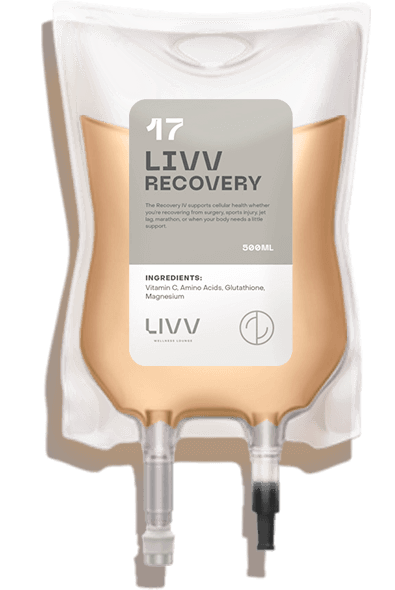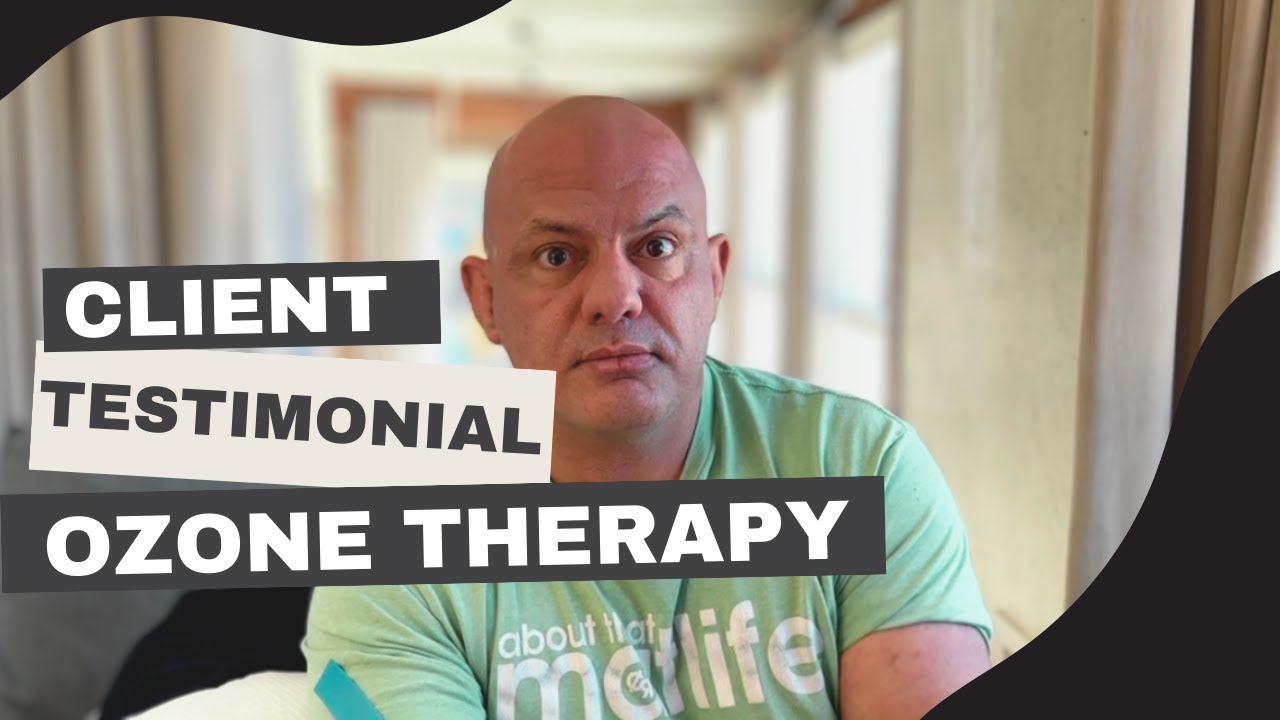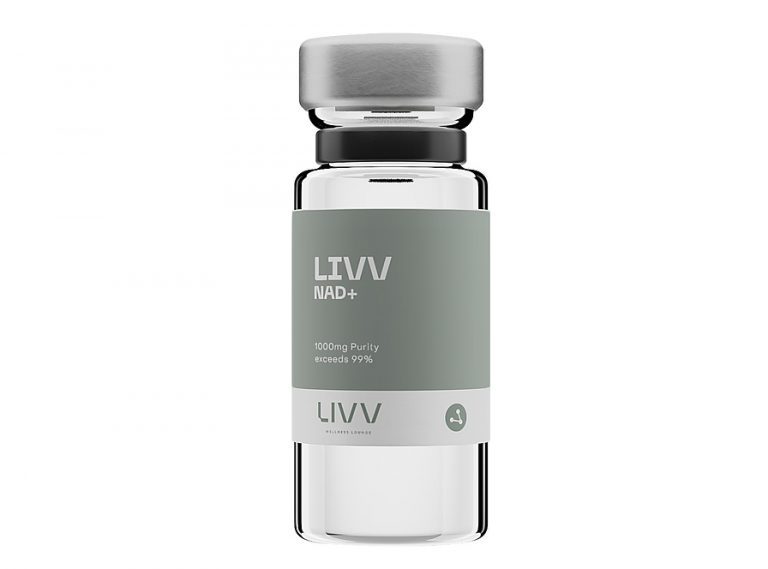Healthy body. / Confident presence. / Supported mind. / Optimized existence.
![]()
Naturopathic medicine, IV therapy and
aesthetic treatments designed to
refresh and redirect you to a life well lived.
LIVV Well
Everything we do at LIVV is with the intention of opening up pathways to allow you to experience your life to the fullest.
We aim to do this by facilitating the healing and nourishment of your body and mind with advanced natural therapies, giving you the confidence to show up as your best self with aesthetic treatments, and arming you with knowledge about your own health to empower you on your own journey through personalised naturopathic consultations.
We also offer a range of membership and package options to optimize your health so that you can achieve peak physical and mental performance.
How can we best support you?
Which IV Formula is right for me?
CHOOSE YOUR CURRENT HEALTH ISSUE OR MAIN WELLNESS GOAL:
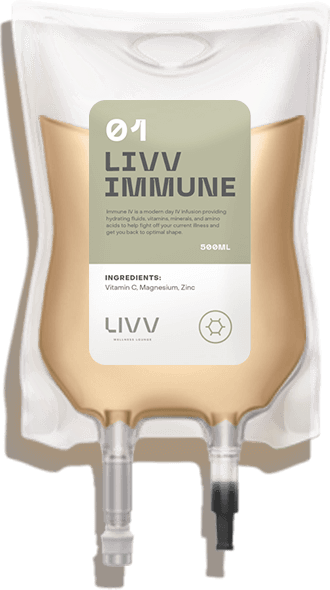
Immune IV is a modern day IV infusion providing hydrating fluids, vitamins, minerals, and amino acids to help fight off your current illness and get you back to optimal shape.
Book NowPrices
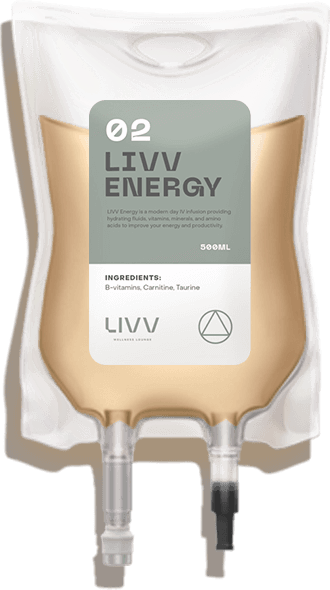
Energy IV is a modern day IV infusion providing hydrating fluids, vitamins, minerals, and amino acids to improve your energy and productivity.
Book NowPrices
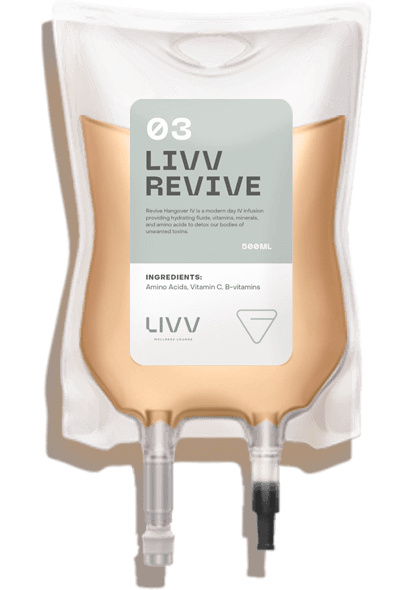
Revive IV is a modern day IV infusion providing hydrating fluids, vitamins, minerals, and amino acids to detox our bodies of unwanted toxins.
Book NowPrices
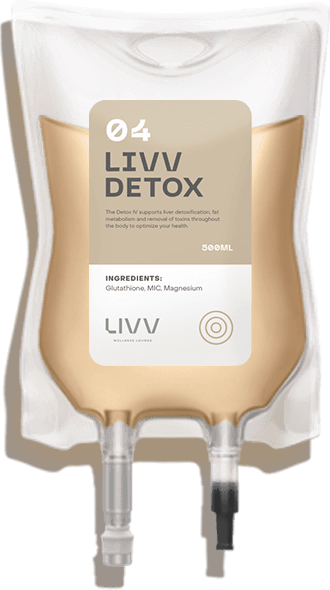
The Detox IV supports liver detoxification, fat metabolism and removal of toxins throughout the body to optimize your health.
Book NowPrices
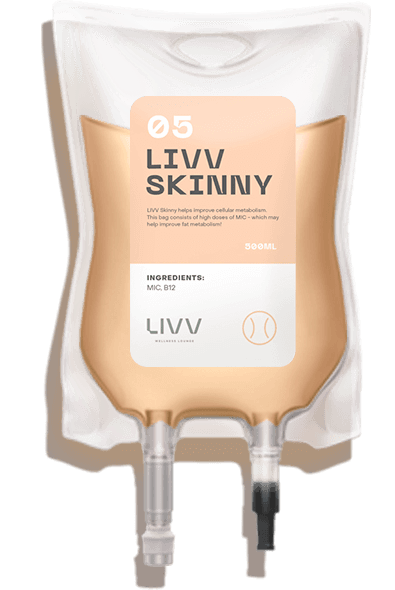
Skinny IV helps improve cellular metabolism. This bag consists of high doses of MIC – which may help improve fat metabolism!
Book NowPrices
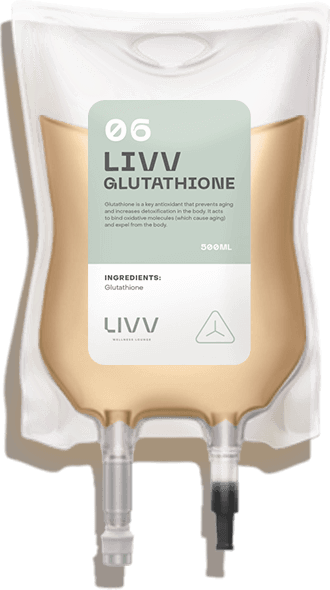
Glutathione is a key antioxidant that prevents ageing and increases detoxification in the body. It acts to bind oxidative molecules (which cause aging) and expel them from the body
Book NowPrices
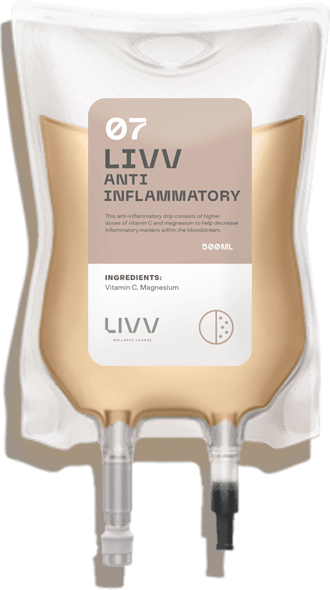
This Anti Inflammatory drip consists of higher doses of vitamin C and magnesium to help decrease inflammatory markers within the bloodstream.
Book NowPrices
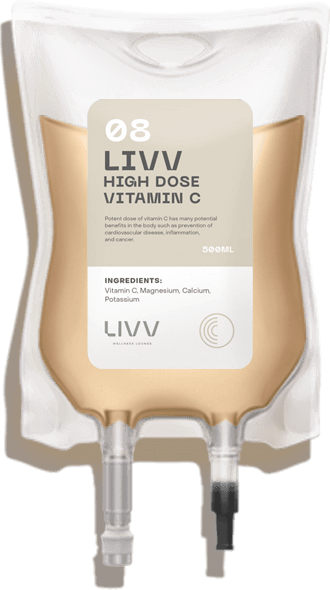
A potent dose of Vitamin C has many potential benefits in the body such as prevention of cardiovascular disease, inflammation, and cancer.
Bloodwork required.
Book NowPrices
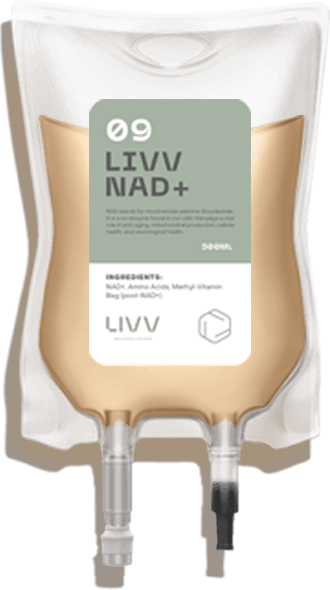
NAD stands for nicotinamide adenine dinucleotide. It is a co-enzyme found in our cells that plays a vital role in anti-aging, mitochondria production, cellular health, and neurological health.
Book NowPrices

Includes a potent antioxidant – Alpha Lipoic Acid (ALA) which potentially decreases oxidative stress, inflammation, and reduces pain. ALA is beneficial in potentiating the effects of ascorbic acid (Vitamin C)
Book NowPrices

Cognitive function is of utmost importance when it comes to focus, memory, and executive function of completing our daily life tasks.
Book NowPrices
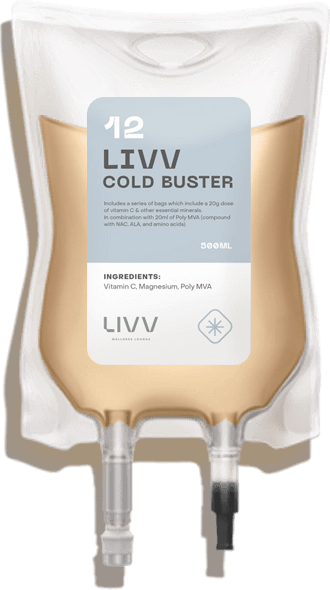
Includes a series of bags which include a 20g dose of vitamin C & other essential minerals. In combination with 20m1 of Poly MVA (compound with NAC, ALA, and amino acids)
Book NowPrices
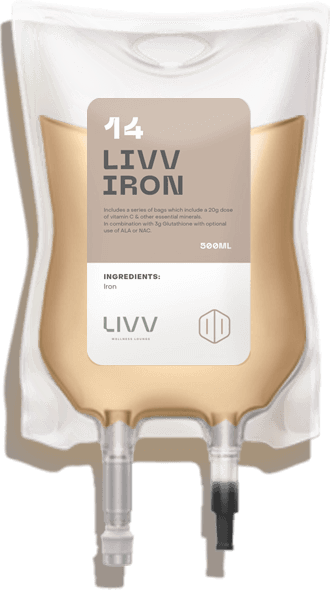
Replenishes iron stores within the body. Recommended if you have iron-deficiency anemia. Bloodwork required.
Book NowPrices
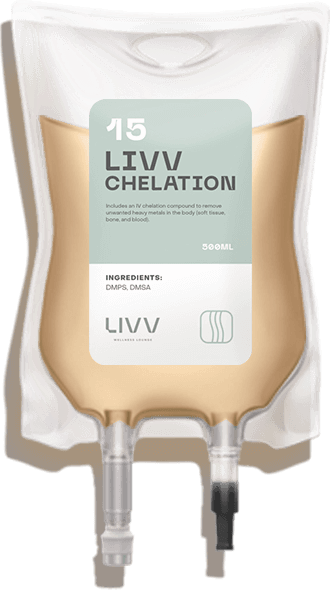
Includes an IV chelation compound to remove unwanted heavy metals in the body (soft tissue, bone, and blood).
Bloodwork required.
Book NowPrices
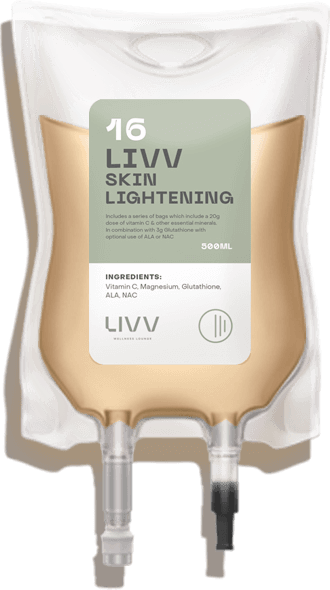
Includes a series of bags which include a 20g dose of vitamin C & other essential minerals. In combination with 3g Glutathione and NAC
Book NowPrices
Meet The Doctors
Get to know our team of Naturopathic Doctors:










